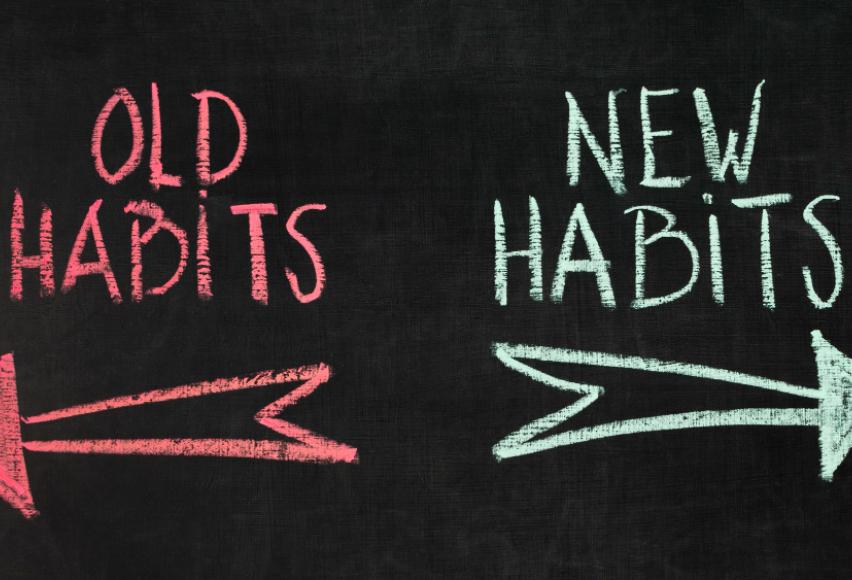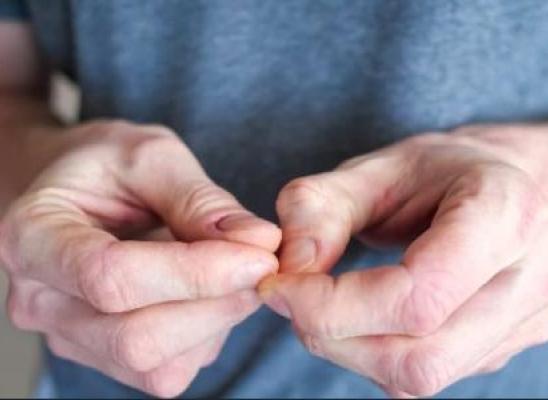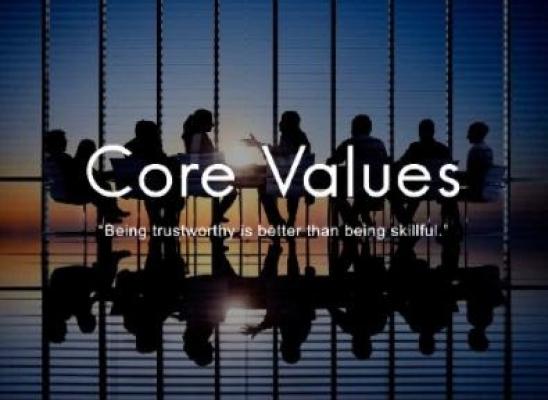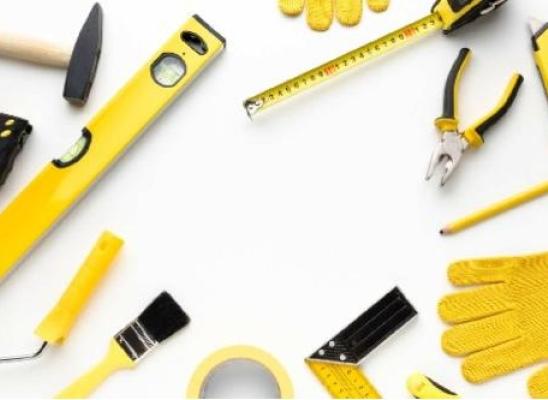Understanding Habits: Making Them and Breaking Them

Online test
Find out the severity of your symptoms with this free online test
Skin picking is more than just a “bad habit”. It’s a disorder that can cause significant skin injury and emotional distress. Interestingly, though, it has qualities that are akin to habits and habit formation. It’s one of the reasons why the intervention known as Habit Reversal Training (HRT) is the standard treatment for skin picking. It is an approach that can help you to break the cycle of picking and learn new ways of coping with triggers. But what exactly is a habit? How do you create a habit and maybe more importantly, how can you break one? In a recent SkinPick webinar, Dr. Vladimir Miletic takes a closer look at habits – understanding them, making them, and breaking them.
What is A Habit?
In simplest terms, habits are actions that are triggered automatically in specific circumstances. Action means you do something in response to the trigger. An action can be a behavior, or it can be a thought. Automatic means you don’t have to think about it. You just do it.
Habits are borne from things (actions) we do over and over so that eventually they become our go-to response. Dr. Miletic uses the example of Monet, the famous painter. While his work matured over time, there were certain stylistic qualities that repeated, making his work recognizable.
While habits are things we automatically do, Dr. Miletic points out that they are different from compulsions. Habits are automatic behaviors that when you notice it, you can stop if you choose. They don’t feel intentional. Compulsions, on the other hand, are actions that we feel compelled to do, we must do. For example, you may mindlessly pick while watching TV. At some point, you may notice and stop. But skin picking is more than simply a habit. Sometimes, you feel you absolutely must pick.
Habits are not necessarily a bad thing. You can have habits that are good for you. Brushing your teeth. Exercising regularly. Walking your dog at a certain time each day. Packing your work bag each night. If you had to stop and think about every single thing you do, you’d never get everything done. Habits are like having a personal assistant. Habits help make us more efficient.
Why Do We Have Habits?
As he so often does, Dr. Miletic turns to Dr. George Kelly and constructivist theory to explain habits and their function. Dr. Kelly believed that life happens in different levels of awareness. We are acutely aware of some actions and unaware of others. Some things we do with conscious intentions and can express through words. Actions that we are less aware of kind of happen in the background.
For Dr. Kelly, making certain processes automatic or out of awareness is not repression. It’s just psychologically pragmatic. Can you imagine having to remember to do every single thing you do every single day? It’s psychologically impossible.
So, habits operate largely out of awareness, beyond the level of words. It makes sense then that to change a habit, you have to tap into the parts of the mind where the habit persists.
How Can We Establish New Habits?
Creating a new habit is more than just deciding to do something and it’s more than just doing something for a certain number of days. Habit formation is the process of creating a new behavior. This process that happens in three phases:
- Initiation
- Learning
- Stability
Initiation is the place where you become clear about your intention and motivation for making a change. Similar to choosing a competing response, you have to be clear about what do you want to do and why do you want to do it. Dr. Miletic considers intention the most important phase. It’s not enough to simply say, “I want to do this.” It’s the goal that will motivate you to make the change. Without a clear goal, introducing a new habit will be quite difficult.
Some questions you can ask yourself might be:
- What will I gain by adding this new habit? (e.g., stop skin picking)
- What will I lose? (e.g., injured skin)
- What are potential sources of resistance?
- What are the specifics of the behavior you’re choosing and in what context will it occur? You have to know how, when and where you will use the action.
Learning is the phase in which you learn to talk to your body and mind in ways it can understand. It will be a process of trying new strategies. It’s important to be realistic in your expectations. You will have success and failures along the way. Celebrate your successes. Use failure as a learning opportunity. What worked? What didn’t? Knowing what hasn’t worked is just as important as finding what does. Be mindful of how you’re feeling and stay in tune with what you’re experiencing.
Give yourself kudos! Reward works. When you reward yourself for choosing your desired action, you’re showing your body precisely the direction to go.
Punishment does not work. It doesn’t show your body where to go. It simply tells it “Not here.” There’s no useful information. When you fall short, be kind to yourself. Give yourself grace. Use the moment as an opportunity to learn. Resistance is information you can use.
Most of all, be patient. Change takes time.
Stability is the phase where your new habit is becoming second nature. You’re not having to think about it so much. Now is not the time to stop! Despite what you may hear, there is no set time for incorporating a new habit. As Dr. Miletic states so clearly, “…a habit will take as much time as it takes. Period.”
Once your habit is established, it’s important to focus on those moments when you don’t use it or just skip it. It happens now and then. The important thing is to not ignore it. What’s going on for you? Is this an exception or an excuse to not do it? The difference matters and only you can know which it is. Journaling is a good tool for exploring what’s happening and ways of getting back on track.
Things like traveling or a change of environment can sometimes get you off track. These are high risk situations. When possible, take a look at the context of the situation you’ll be in so that you can be proactive.
As you establish your new habit, you can begin to add habits. This is known as habit stacking. Essentially, you’re using one habit as a foundation for the next. From there, you can add habits that work for you, building on the skills you’ve learned.
To view this webinar, visit the SkinPick.com YouTube channel. You can also subscribe to the SkinPick.com newsletter and YouTube channel to receive notifications about the next webinar.
Online test
Find out the severity of your symptoms with this free online test
Start your journey with SkinPick
Take control of your life and find freedom from skin picking through professional therapy and evidence-based behavioral techniques.
Start Now



